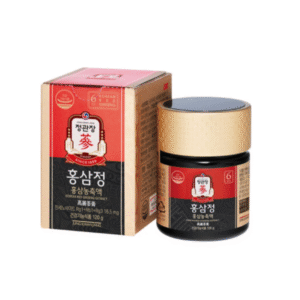🌿 Introduction
Breathing is the most constant act of life — yet the one we rarely notice. Each inhale delivers oxygen to nourish cells; each exhale removes waste. Still, most people breathe shallowly, depriving the body of vitality and calm.
Conscious breathing — the art of being aware of your breath — is more than a relaxation trend. It is an ancient, scientifically supported practice that can stabilize your heart rate, improve oxygen efficiency, lower blood pressure, and quiet the nervous system.
When the breath slows, the body heals.
1. Rediscover the Forgotten Art of Deep Breathing
Shallow breathing, common in modern life, limits oxygen delivery to muscles and organs. This creates fatigue, anxiety, and poor circulation.
To restore natural breathing:
- Sit upright, shoulders relaxed.
- Inhale deeply through the nose for 4 counts, allowing the abdomen to expand.
- Exhale gently through the mouth for 6 counts.
- Repeat for 3–5 minutes daily.
🌾 Breath anchors the wandering mind and returns the body to balance.
2. The Science of Oxygen and Cellular Vitality
Every cell depends on oxygen to generate energy (ATP). When breathing becomes shallow or erratic, energy production drops — leading to tiredness and foggy focus.
Better oxygenation helps:
- Improve concentration and memory.
- Support muscle recovery after activity.
- Enhance immune response by promoting efficient cellular metabolism.
🔬 Even one minute of mindful breathing can reset the body’s entire chemistry.
3. How Breathing Influences the Nervous System
Breathing connects directly to the vagus nerve — the body’s calm-response pathway. Slow, deep breaths activate this system, reducing stress hormones and relaxing blood vessels.
Techniques to try:
- Box Breathing: Inhale 4 – Hold 4 – Exhale 4 – Hold 4.
- Alternate Nostril Breathing: Promotes balance between brain hemispheres.
- Extended Exhale Technique: Lengthening your exhale signals the brain to relax.
🌬️ Through the breath, we teach the body to feel safe again.
4. Breath and Posture — The Physical Connection
Modern posture — hours bent over screens — compresses the diaphragm and lungs. Restoring posture naturally deepens your breath.
Try this:
- Roll your shoulders back.
- Open your chest slightly upward.
- Imagine creating space between your ribs as you inhale.
This simple awareness improves lung expansion and oxygen delivery instantly.
🪶 An open chest invites open breath — and open life energy.
5. Breathing for Stress and Blood Pressure Regulation
Chronic stress constricts blood vessels and accelerates heart rate. Conscious breathing reverses this effect.
Regular practice has been shown to reduce blood pressure, stabilize pulse, and lower cortisol levels.
A simple daily ritual:
- 5 minutes of deep breathing before sleep.
- 3 deep breaths before each meal — to calm digestion and enhance nutrient absorption.
💫 When the breath slows, the heart remembers its natural rhythm.
6. Integrating Breath into Daily Life
Preventive wellness thrives not in rituals done once a week, but in small habits woven through your day.
How to integrate mindful breathing:
- Before replying to messages — pause, inhale, exhale.
- During stressful meetings — focus on the exhale.
- While walking — match your breath to your steps (inhale for 3, exhale for 4).
🌿 Breathing consciously is the simplest form of self-care, always within reach.
Conclusion
Your breath is your most accessible medicine — free, natural, and endlessly renewing. Through conscious breathing, you regulate not only your oxygen intake but also your emotions, hormones, and mental clarity.
The quality of your breath reflects the quality of your life.
So breathe deeply, and live fully.
🇰🇷 Premium Korean Ginseng Online Shop







